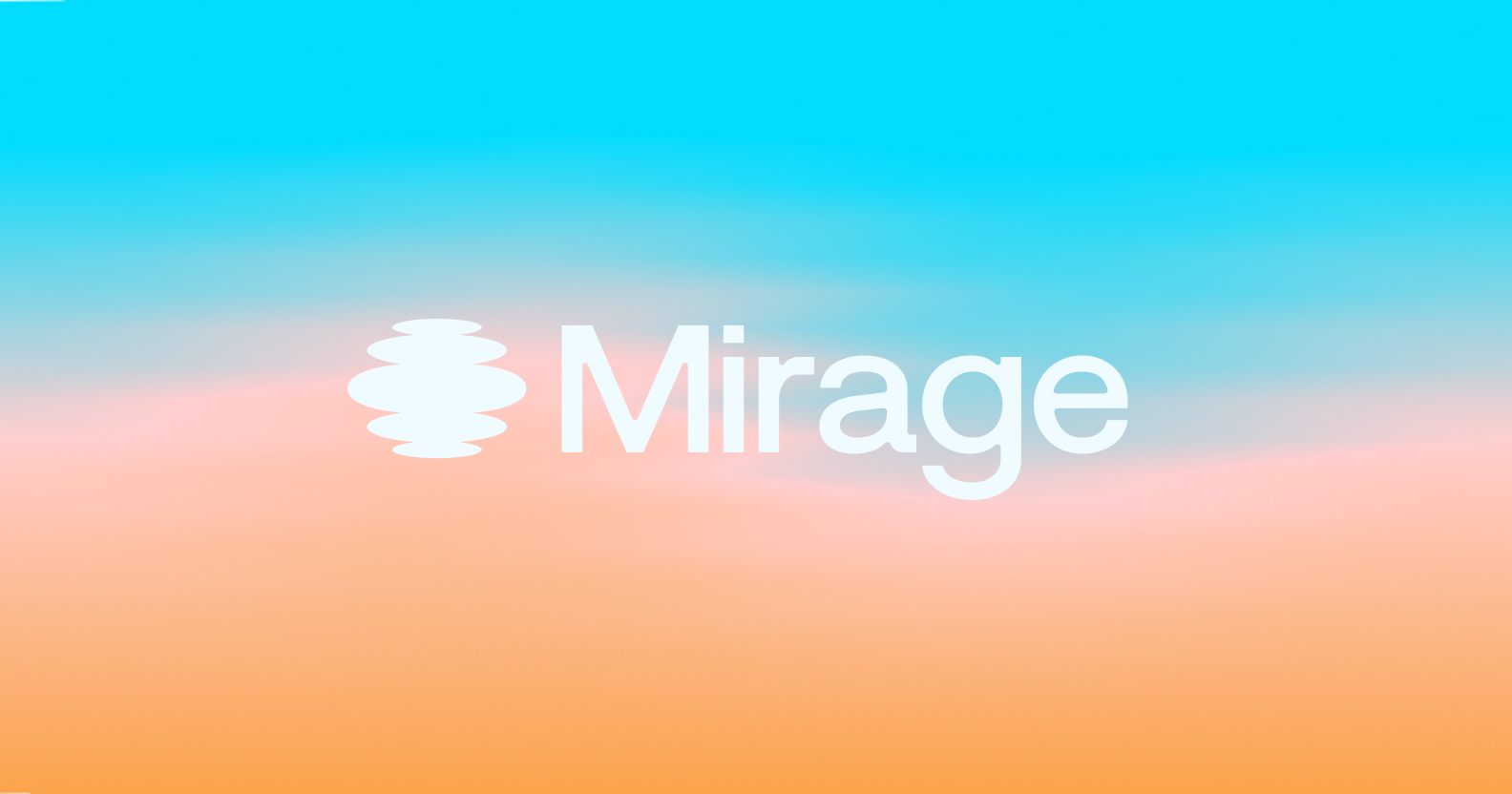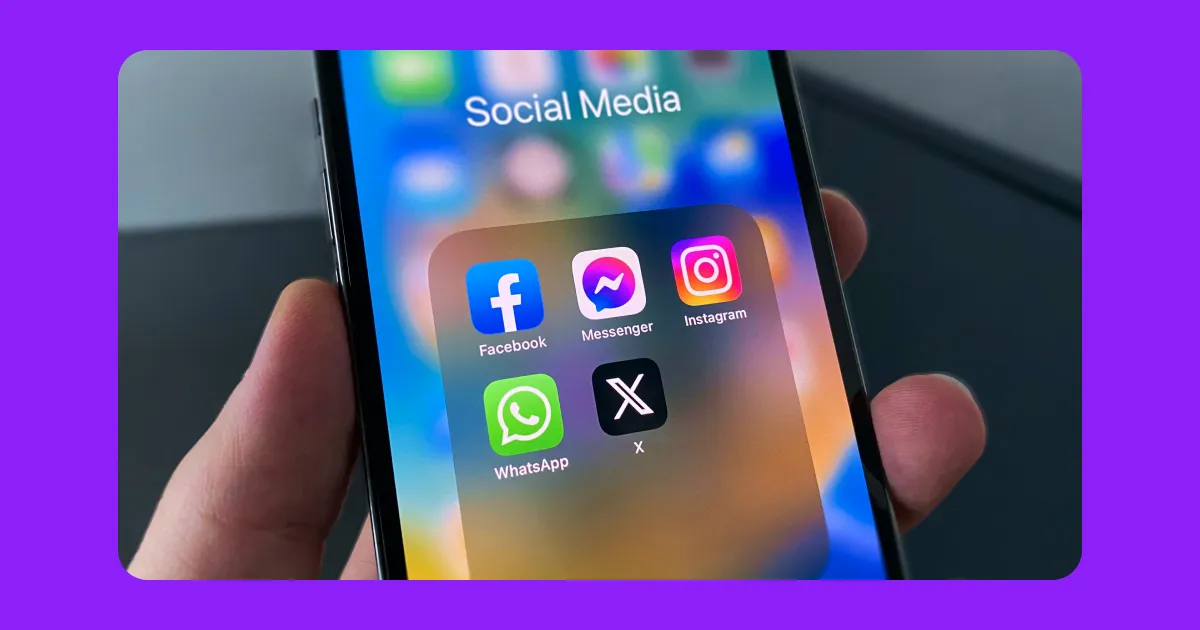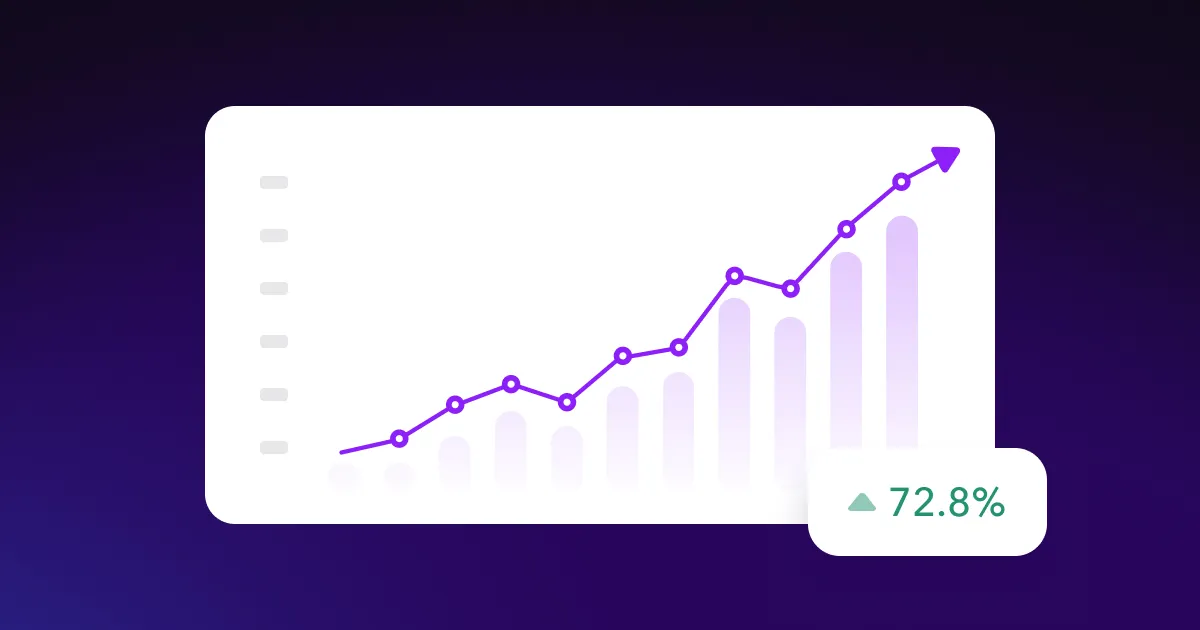Looking for a way to share your ideas and stories with the world? Podcasting is a fantastic way to reach a vast audience and build a loyal community — and maybe even create a profitable side hustle.
Podcasts have been around since the early 2000s when a journalist combined the words “iPod” and “broadcast” to describe audio shows people could listen to on demand. In the decades since, podcasting has grown to include video podcasts, which combine audio and video for a more immersive experience.
Whether you want to host a video podcast or stick to audio-only, Spotify is a great place to launch your content. This helpful guide teaches you everything you need to know to start a podcast on Spotify.

How To Make a Podcast: The Basics
Starting and publishing a podcast requires more than just a great idea. Let’s dive into the basic elements of podcast production.
A Clearly Defined Niche
Most podcasts focus on a specific theme or topic, from comedy and current affairs to niche subjects like gardening and true crime. Focusing on a single topic area helps you attract a dedicated audience and stand out in a crowded podcasting landscape. Find your niche by considering what you’re truly passionate about and how you can offer a unique perspective on the topic.
A Catchy Name
Your show’s title combines with your podcast cover art to work like a billboard — it’s one of the key ways you’ll get new listeners to tune in. Choose a name that’s catchy, memorable, and representative of the content you’re sharing. If you’re drawing a blank, brainstorm words and phrases related to your niche, then experiment with combinations until you find one that “hits.”
A Podcast Format
Think about which format best suits your content and personality. Here are the most common ones:
- Solo show — Share your expertise in a monologue format, covering a topic from your unique perspective.
- Interview — Bring on guests you have chemistry with to tap into their knowledge and expertise.
- Co-hosted — Partner with another creator for dynamic conversations and insightful perspectives.
- Narrative/storytelling — Craft serialized long-form or single-episode short-form stories about true events, fiction, or even a blend of the two.
Essential Equipment
While it’s possible to start with a bare-bones tech setup, investing in quality podcast equipment dramatically improves your show’s sound and keeps listeners engaged. Here’s the basic tech to consider:
- Microphone — Look for a good USB mic you find easy to use.
- Headphones — Studio-quality headphones allow you to monitor your recording, ensuring clarity and making it easier to fix issues on the spot.
- Pop filter — Pair your mic with a pop filter to eliminate harsh pops and plosives from your audio recordings.
- Recording/editing software — Popular audio podcasting software options include Audacity, Adobe Audition, and GarageBand, and Captions is perfect for vodcasts.
Choosing a Podcast Hosting Platform
If you’re a beginning podcaster, you might not realize that your first episode won’t go straight from your laptop to Spotify. You need to choose a hosting platform, which will then distribute your content to listening platforms like Spotify, Google Podcasts, and Apple Podcasts.
When choosing a hosting service, consider factors like pricing, analytics, features, and customer support. Popular options include:
- Buzzsprout: A user-friendly platform that offers options like a free plan and unlimited storage
- Podbean: Great for both beginners and growing podcasters; offers monetization tools
- Anchor: Owned by Spotify; offers free, unlimited hosting and integrated Spotify distribution
- Transistor: Strong analytics and features; ideal for established podcasts
- Spotify for Podcasters: Spotify’s free hosting service; supports video and includes tools for audience engagement and interactivity
Getting Your Podcast Onto Spotify
The easiest way to have your show on Spotify is by using Spotify for Podcasters as your podcast host. Here’s how.
1. Join Spotify for Podcasters
Head to https://podcasters.spotify.com and create a free account. You can use the login for your existing Spotify account or make a new one just for your show.
2. Connect Your RSS Feed
Your hosting platform will give you a unique RSS feed link (it looks like a long, complex web address). This link allows Spotify to find and pull new episodes automatically. Copy and paste it into the designated field on your Spotify for Podcasters dashboard. You can also enter it into YouTube Studio to share your video podcast on YouTube.
3. Verify Ownership
Spotify will send a code to the email address associated with your podcast hosting account to confirm you own the podcast. Enter this code when prompted.
4. Polish Your Profile
Complete your podcast profile with:
- Podcast title — Make sure the title you enter perfectly matches your show's name.
- Description — Craft a compelling description to attract potential listeners. Include relevant keywords for easy searching.
- Cover art — Design cover art that’s eye-catching and consistent with your show's branding.
- Category — Choose the most fitting category for your podcast.
5. Upload Your First Episode
Once it’s finally time to share your podcast, you can upload your audio or video file directly to Spotify or through your hosting platform (if it supports direct integration).
6. Enter Your Episode Information
Add episode details like the:
- Title — A catchy episode title draws people in.
- Description — Provide a brief but informative description. Include relevant keywords and an intriguing hook to pique viewers’ curiosity.
- Episode and season numbering — This helps with organization, especially if your podcast has multiple seasons.
7. Submit for Review
Review everything carefully, then click the "Submit" button. Spotify audits all new podcasts before they go live, so there might be a short wait before yours appears on the platform.

Tips for Succeeding as a Podcaster
Now that your first episode is live on Spotify, what happens next? Running a top podcast and making money podcasting takes ongoing effort, but these tips will set you on the right path.
Consistency is Key
Create a regular publishing schedule and stick to it. Consistency keeps your fans coming back and ensures there’s enough content to hook newcomers.
Use the Power of Promotion
Share the link to your podcast on social media, create a website or blog for your show, and consider connecting with other podcasts in your niche for cross-promotion opportunities.
Commit to Quality
It’s important to invest time into creating compelling content, but don’t stop there — continue to improve your audio quality and editing skills. Listeners will appreciate a polished, professional sound.
Engage Your Audience
Encourage feedback and interaction from followers. Respond to comments, host listener Q&A sessions, and create a social media community around your podcast.
Play the Long Game
Building a successful podcast takes time and patience, so don't get discouraged if it’s not an overnight success. If you monitor your analytics and lean into the four tips shared above, you’re far more likely to develop a strong fanbase.
Expand Your Reach With Captions
Try using Captions to create studio-grade video podcasts. Use this beginner-friendly video editor to give video episodes a professional feel. Then, try the AI Dubbing feature to translate your audio into 28 different languages, giving people the world over a chance to hear your voice.
Captions’ AI Clip Generator also makes it easy to identify each episode’s most viral-worthy moments so you can share clips on social media to advertise your podcast and attract new followers.
Frequently Asked Questions
Can I Monetize My Podcast on Spotify?
Yes! Spotify offers subscription models and advertising. You can also explore external sponsorships as your audience grows.
How Long Should My Episodes Be?
Experiment to find the length your audience responds well to. There’s no hard-and-fast rule, but 20–40 minutes is a good starting point.
Should I Hire a Professional Editor?
It might be best to start with basic editing tools or software, turning to professional editing help once your podcast kicks off in popularity.









